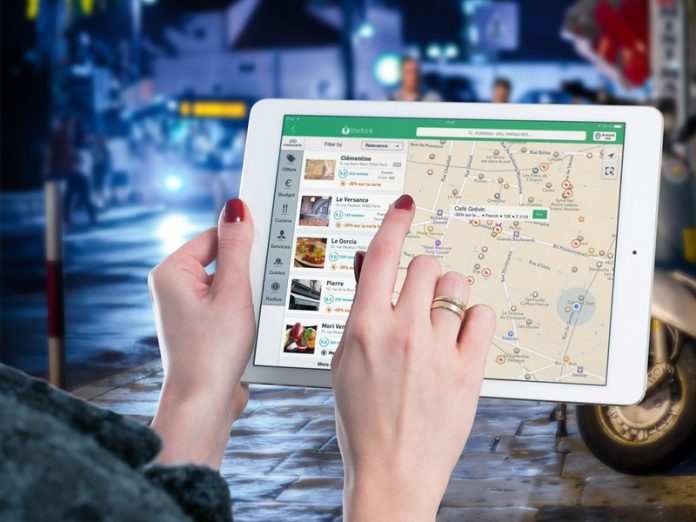People find business mapping software as a narrowly applied tool. Many believe it can be used only for cartography. Yet, they often omit the fact that the geographic information system (GIS) blossoms with opportunities that expand far beyond traditional implementation. The integration of mapping in the business provides cost-efficient solutions to multiple tasks and allows its owner to make data-driven decisions.
When lacking information on hand, companies don’t see the complete picture and are deprived of the opportunity to dig a little deeper and ask more questions. So, what are the factors that increase the significance of mapping software for businesses?
Market and Demographic Analysis
As the competition in various fields only fuels, businesses search for alternative ways on how to interact with their audiences. So, business mapping comes in handy. It’s a perfect chance for companies to apply GIS information and conduct holistic market analysis. It empowers businesses to leverage their potential and stand out from others.
Business mapping represents spatial relationships among different players, aka customers, suppliers, and competitors. The technology allows marketers to collect and process information about user experience based on geo-demographic characteristics. Hence, it becomes simpler to adjust marketing strategies to the current needs and assess the number of products and services consumed in a particular region. Whether it’s a small business or a large corporation, the integration of mapping software alleviates the burden of multiple processes. Companies use GIS for demographic profiling, site location analysis, and even franchise selection and placement.
Customer Relationship Management
When making decisions, technical solutions turn out to be a crucial factor but not a magic wand. They help businesses build effective relationships with customers. In other words, GIS technologies allow companies to integrate data-driven solutions in their plans of actions. They can also get a complete picture of their clients’ needs, behaviors, and desires to adjust marketing strategies.
With mapping software, businesses can more easily detect shopping frequency and assess inventory needs, which are grounded on spatial information. Additionally, locational pricing is not a problem any longer. Companies can leverage them depending on the buying potential and process information effortlessly.
Facilities Management
Facilities management is another sphere where mapping software is extensively applied. The technology allows avoiding either subjective or random decisions. With this multipurpose instrument, managers can monitor the company’s facilities and choose profitable solutions in real-time. Based on historical data, they can detect the situation with facility management and improve it cost-effectively. Hence, digital mapping allows companies to maintain their spatial properties and thus mitigate risks in the future.
Transportation and Logistics
Last but not least, GIS tools are critical in logistics and transportation. Not only companies specializing in shipment and delivery can rely on mapping software, but also other private entities can use it to deal with transportation problems. The tool may come in handy when modeling activities. It helps better understand the situation and make data-driven decisions. Additionally, managers can improve customer service and develop tactics for lowering personnel and fuel costs.
What Lies Ahead
The future owns optimistic plans for GIS technologies. In the years to come, more and more businesses will integrate mapping software into their operational processes. Along with the current functions, managers will get new, ample opportunities to run their companies even more effectively.



































